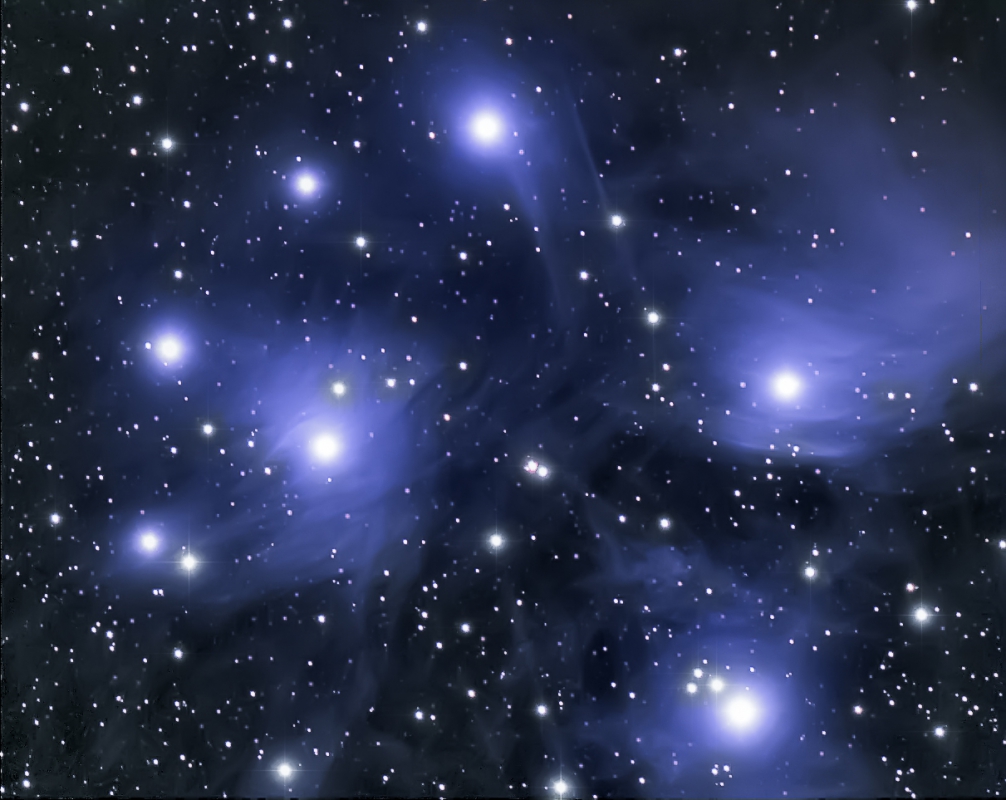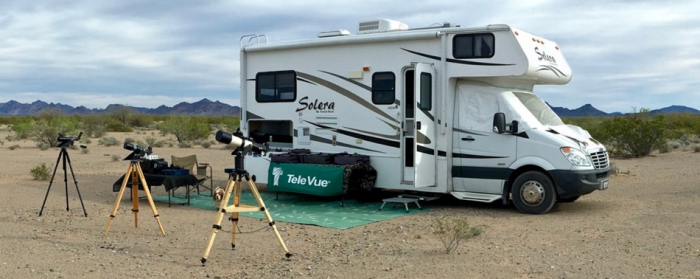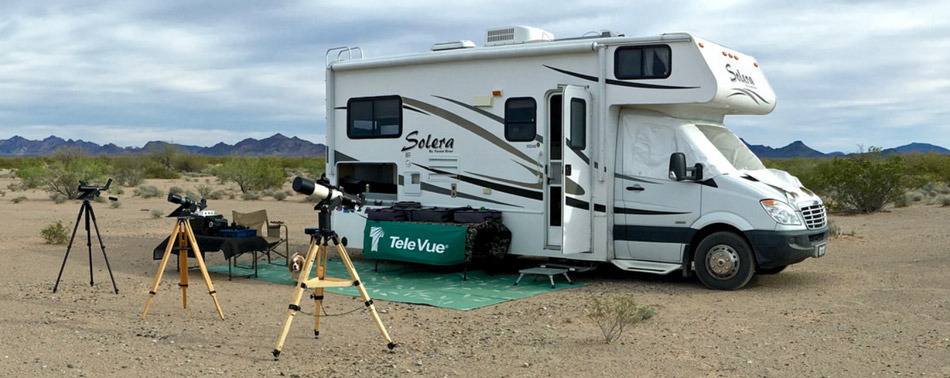March 17th: Let the Messier Marathon Begin!
By the 1970s amateurs had noticed that all 110 Messier objects could be observed at low northern latitudes over the course of a night in mid-to-late March.
You’ve probably heard of Charles Messier’s catalog of celestial deep-sky objects for 18th century comet hunters. When they stumbled upon an unknown faint fuzzy object, they’d consult this list to see if it was a known object. It was first published in 1774 and expanded with help from fellow observers in that century. Astronomers and amateurs in the early 20th Century rediscovered it, added a few new objects, and made corrections. There are now 110 “M” objects in the modern catalog.
Every sky chart labels the location of these objects with the letter “M” and a number. For instance, the brightest Messier is M45 — the famous naked-eye Pleiades open star cluster. A third of the way around the sky you’ll find the dimmest: M95 — a galaxy of magnitude 10 or 11 (depending on the source) in Leo.
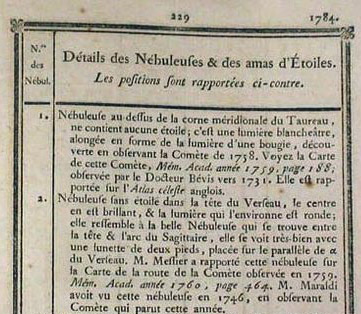
It’s fascinating to compare Messier’s original notes for the objects with notes from the modern list. While about 40 galaxies are noted in the current object descriptions, Messier’s original text never mentioned galaxies or the uncounted stars they contained. Also, the stunning horde of sparkling jewels in globular cluster was lost on Messier and friends. They often noted these objects as being “nebulae without stars”. Problem was: Messier didn’t have a Tele Vue scope or eyepiece 😉 . Seriously, these differences are due to 244-years of optical and astronomical science advancement. Where 18th century astronomers saw gray nebulae we can now see stars!

The value of the list in modern times is that it contains many “showpiece” objects, visible to small telescopes, from northern latitudes. By the 1970s amateurs had noticed that all 110 Messier objects could be observed at low northern latitudes over the course of a night in mid-to-late March. This is due to a lack of Messier objects along the Sun’s path at this time of year. Hence, the phrase “Messier Marathon” was invented to describe the all-night attempt at locating and verify each object on the list over the course of a single night. Traditionally the Messier Marathon is done without a “goto” scope, as an automated scope would make the task too easy.
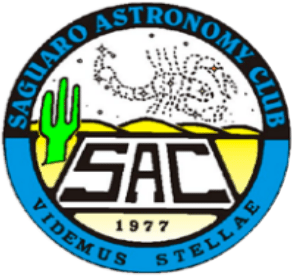 This year, on March 17, 2018, the Moon will be new and the Sun in western Pisces. At sunset, it’ll be a good night to try your own Messier Marathon. But if you want company, head out to The All Arizona Messier Marathon (March 17-18, 2018) in Salome, AZ. This long-running event is held by the Saguaro Astronomy Club (SAC). SAC has been hosting the All Arizona Messier Marathons since 1993 and other Messier Marathons before that. They list the top observers on their website every year and hand out awards. There is even an entry category for kids.
This year, on March 17, 2018, the Moon will be new and the Sun in western Pisces. At sunset, it’ll be a good night to try your own Messier Marathon. But if you want company, head out to The All Arizona Messier Marathon (March 17-18, 2018) in Salome, AZ. This long-running event is held by the Saguaro Astronomy Club (SAC). SAC has been hosting the All Arizona Messier Marathons since 1993 and other Messier Marathons before that. They list the top observers on their website every year and hand out awards. There is even an entry category for kids.
Our Tele Vue representative John Rhodes will be at the Marathon this year. He may even be able to lend you some equipment to do the Marathon with — or just to look around the sky. Any of Tele Vue’s scopes — from the super-portable TV-60 to the photo / visual flat-field of the TVNP-127is — will have no problem picking up the dimmest Messier object. Our legendary wide-field eyepieces are perfect for quickly sweeping up targets. Unlike equatorial mounts, the Tele-Pod style head on all our mounts allow you to aim a telescope in a perfectly natural way by hand.
We wish you good luck with the Marathon, whether done in the back-yard or at an organized event. If you use Tele Vue equipment and post your results to social media, do include the #televue so we can like your comments.
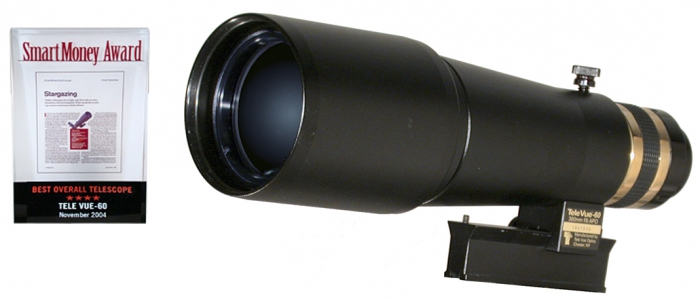
- If you’d like to “browse” through the objects for planning purposes, Wikipedia has a table of Messier object that can be sorted by name, position, magnitude, etc.
- Information on the All Arizona Messier Marathon
- All Arizona Messier Marathon check-off sheet with objects in observation order.
- Tele Vue telescopes on our website, Why Choose Tele Vue Scopes article (mobile version)
- Tele Vue eyepieces on our website, Why Choose Tele Vue Eyepieces article (mobile version)
- Tele Vue mounts on our website (mobile version)

